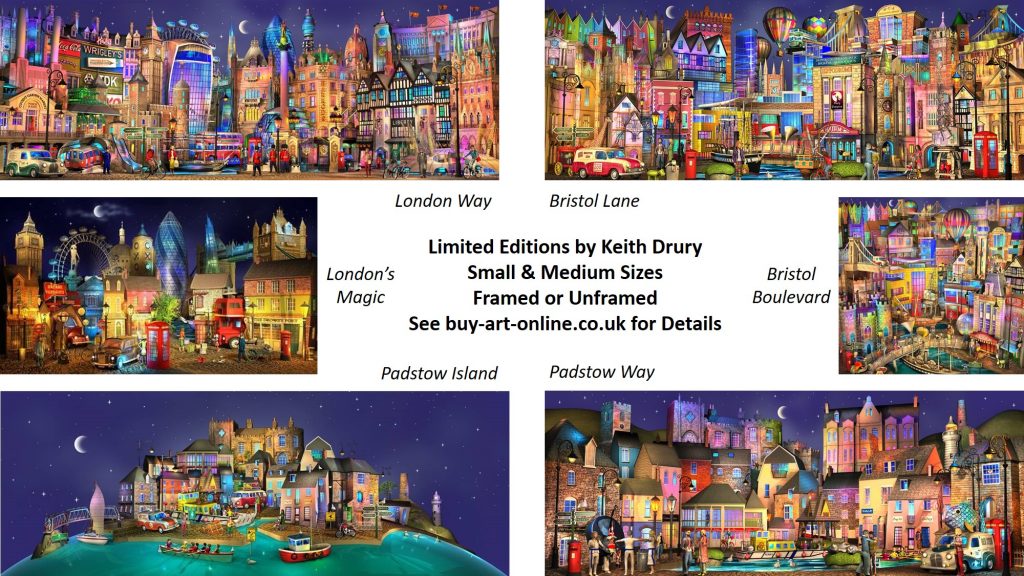About Padstow | Dog Friendly Beaches | Five Free Things To Do
Seven Bays for Seven Days
This is a short history of Padstow and we would highly recommend a visit to Padstow Museum for the engaging stories and detailed knowledge of the volunteers who look after it to find out more. It is free to enter and donations are welcome. WT : We have also included some references below for you to look out for when walking around the town.
Padstow has always been an important community because of its position as the only sizeable estuary on the North Coast of Cornwall. The foundation of a monastery by St. Petroc in the sixth century finalised its site and the port grew in medieval times as trade with Ireland and Brittany developed as well as coastal trade with South Wales. WT : The Saints Way starts at St Petroc Church and runs 30 miles to Fowey.
The first stone pier in the harbour was built in the 16th century and was partly rebuilt in the 1850s as the port had a thriving fishing industry which by the nineteenth century included six shipyards. During the years when emigration from Cornwall was at its height, Padstow was also the centre from where many people left to start a new life in the Americas and Canada. WT : Sir Walter Raleigh lived in Court House on Riverside, a 16th century building where taxes and dues were collected. The waters edge would have been directly in front of this building at that time.
In the 1880’s as shipbuilding declined, when wooden ships were replaced by iron ones, the town was fortunate that the East coast trawlers made Padstow the centre of their winter fishing. WT : Much of the town in this area ( between Strand Street and St Edmunds Lane ) would have consisted of warehouses, hence the large buildings you can still see today, such as The Old Customs House.
The coming of the railway in 1899 gave a big impetus to the tourist trade, which had begun a century before with it becoming Padstow’s main industry during the twentieth century when the inner harbour wall was built in 1989. WT : Padstow Museum is located in the building of the former Padstow Railway Station while the large building on the hill above it is the former South Western Railway Hotel. The Camel Trail follows the old track between Padstow and Wadebridge.
Padstow has a proud local community with unique customs involving The Obby Oss and the arrival of Spring on May Day ; and the carols sung for the Mummers Day mid Winter celebrations on Boxing Day and New Years Day. WT : The Golden Lion on Church Lane is the “stable” for the Old (Red) Oss and is the oldest inn in Padstow dating from 14th century. The Harbour Inn on Strand Street is the “stable” for the Blue Oss.
The old town has retained much of its medieval and Elizabethan character with 104 listed buildings of which St Petroc’s Church ( in Church Street ), Prideaux Place (a Manor House in Tregirls Lane from 1592 ) and Abbey House (the location of a Traders Guild on North Quay in 15th Century) are the most significant. WT : You can still see these wonderful restored buildings today. Quay Art is next door to Abbey House.
Padstow Art in Quay Art
See the Essence of Padstow ( shown below ) which is a limited edition depicting well known features of Padstow and also, the Padstow category in our online shop.

